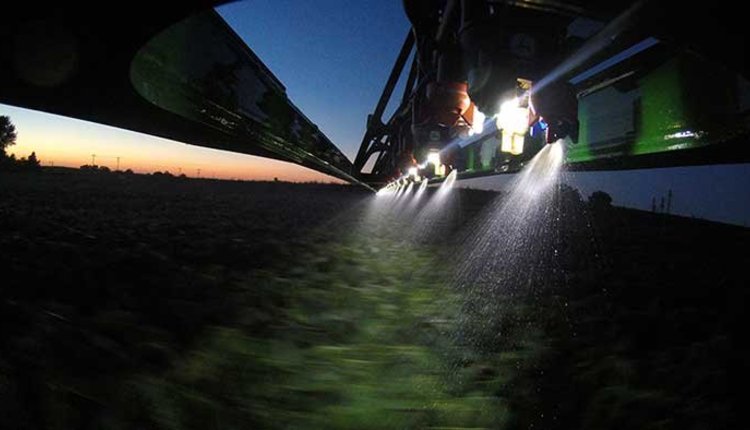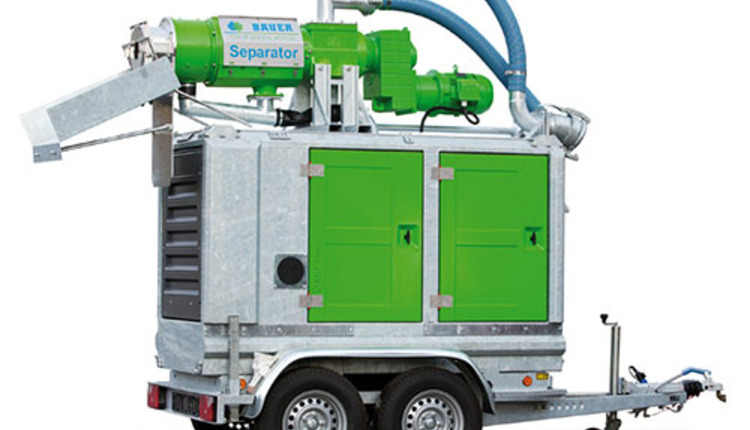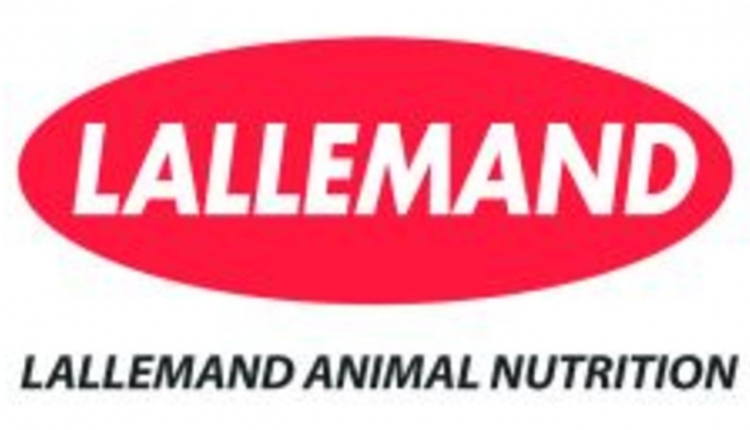The UW Discovery Farms® Program, part of UW-Extension, brought together fifty farmers and advisors in St. Croix, Vernon and Dodge Counties to discuss results from their on-farm research projects.
Farmers in St. Croix and Monroe and Vernon Counties have been participating in watershed projects since 2009. "After so many years of monitoring at the local level we can really talk about what times of the year and what management decisions put you at risk for loss," explained Amber Radatz, UW Discovery Farms Co-Director.
"For instance, we know the risk for soil loss is highest in April, May and June. And that you should try to avoid late winter manure applications because they have been shown to increase phosphorus loss in snowmelt by 2 to 4 times." These points are seen from watershed data as well as the more comprehensive Discovery Farms dataset, which includes 17 farms in Wisconsin and Minnesota.
"We're also sharing something new this year. We're beginning to really look at the runoff differences between agricultural and non-agricultural land," Radatz stated. "In the watersheds we've monitored CRP land, a small city, and a gully area. As part of another project we monitored a non-cultivated, natural area on a farm in Buffalo County."
Their data shows that runoff from agricultural and non-agricultural land occurs at similar times during the year, but the quantity of runoff varies. Data also suggests that it is possible for agricultural sites to have soil loss values that are similar to non-cultivated areas. Low levels of loss from agricultural sites are seen when exceptional erosion control practices, like appropriately sized and shaped waterways and limited soil disturbance, are put in place.
At each area meeting the Discovery Farms staff reported on results from the first year of their Nitrogen Use Efficiency Project. Although the project is still in its infancy, the results offered a great conversation starter. As part of the project they are also taking soil health measurements and will continue to for the next two years.
"In 2015 we worked in four regions, on 22 farms, and 51 fields," explained Megan Chawner, Nitrogen Use Efficiency Project Coordinator. "What we are seeing this year is that efficiency differences appear to be related more to management and cropping systems rather than climate and soil type."
"What we're telling farmers is that appropriately crediting nitrogen from manure and rotated alfalfa can increase efficiency. We're really looking forward to having more data, more fields for data collection, and stronger conclusions to share next year."
Farmers from Buffalo County, Trempealeau County and Northeastern Wisconsin will be joining the Nitrogen Use Efficiency Project in 2016. For more information on the Nitrogen Use Efficiency Project and Discovery Farms project results visit them on the web at www.uwdiscoveryfarms.org.
5.09.2016








